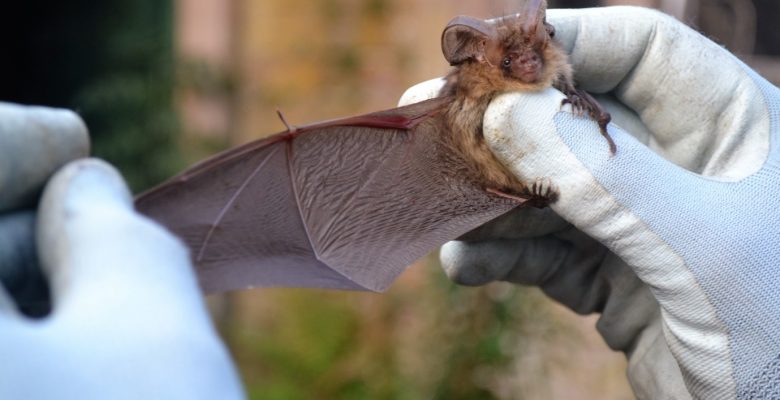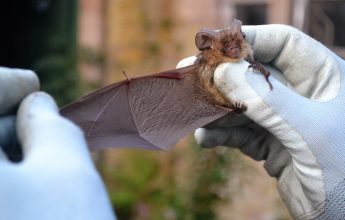
Protection
All bats and their roosts are protected under:
- The Wildlife and Countryside Act 1981 (as amended).
- The Conservation and Habitat Regulations 2017.
When do I need to get in touch?
Bats roost in a variety of structures and trees throughout the UK. If work is planned on buildings (including modern builds), bridges, trees or other structures it is important to contact us as bats could be present. Planners will also advise that bat surveys should be undertaken to structures undergoing planning consent.
To prevent delays in your project, it’s important to get in touch as early as possible as bat surveys are highly seasonal and any mitigation required can take time to process.
How can EcoNorth help me?
EcoNorth can advise you on bat legislation, and provide pragmatic approaches to establishing the presence of bats and required mitigation where the species are recorded. Our Ecologists apply best practice guidelines along with our in-depth knowledge of each particular bat species and their habitat requirements, and present the results in our detailed professional reports to inform and support your projects’ planning application or other consenting process. EcoNorth undertakes all bat-related surveys in accordance with Bat Conservation Trust guidelines. Bat survey types and when they can be undertaken are detailed below:
Stage One
Preliminary Assessments
A preliminary bat roost assessment should be undertaken on any structures or trees which will be impacted by the development. The assessment will classify the structure as having negligible, low, moderate or high suitability of supporting roosting bats, based on factors such as the building materials, the presence of potential access routes suitable for use by bats, and any field signs recorded. While no further work is required for negligible suitability sites, 1 activity survey is then required for low suitability sites, 2 for moderate suitability buildings and 3 for high suitability buildings. Aerial tree inspection by our certified climbers can often be more conclusive when assessing trees. More information on preliminary assessments can be found here.
Stage Two
Bat Activity Surveys
The preliminary bat roost assessment may highlight the requirement for bat activity surveys; under current best-practice guidelines, 1 of these surveys (on low and moderate suitability structures) should be undertaken between May and August inclusive, while 2 of the 3 surveys on high suitability structures need to be completed between May and August. Bat activity surveys may comprise dusk and dawn vantage point surveys (buildings and trees) or transect surveys (habitats). EcoNorth is also able to provide remote monitoring of bat activity through the deployment of remote detectors. More information on bat activity surveys can be found here.
Stage Three
Licensing Process and Supporting Your Development
Should bat activity surveys highlight the presence of roosting bats, or habitats of conservation value to bats, EcoNorth can guide you through the European Protected Species Mitigation Licensing (EPSML) procedure and support your development through to fruition. More information on bat licensing can be found here.
Summary
| Preliminary Bat Roost Assessment* | Initial survey, to determine bat potential and roosting signs on trees or buildings. Aerial inspection of trees. | Year Round |
| Activity Surveys | Dawn and dusk surveys to determine bat activity to inform on species and population counts. | April – September |
| Transect Surveys | Surveys throughout bat foraging areas to determine areas important to bats. | May – October |
| Hibernation Roost Inspection | Survey for hibernating bats. | November – March |
| *Also known as a bat risk assessment / bat risk inspection. | ||


